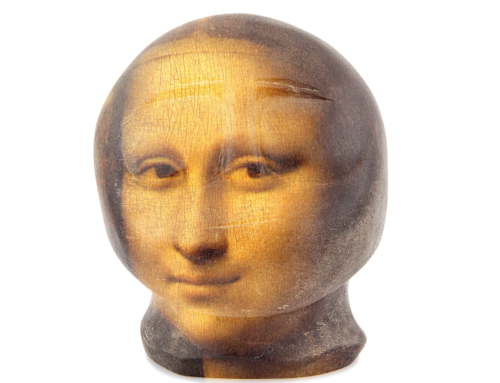The other day I was attempting sit-ups with bent knees and hands behind my head while engaged in gryrotonics, one of my regular workouts to defy aging these days. As hard as I forced, I couldn’t bend fully to a sitting position. Frustrated, I told Alesia, my gyrotonics instructor, “I just don’t have the strength to come up higher.”
“It’s not strength,” she said. “It’s leverage. I know people much weaker than you who have no trouble doing this.”
Okay, so I wasn’t just an aging weakling (at least not regarding sit-ups!). Whew!
The Allure of Tennis

Joram returns a serve.
Thinking of sit-ups and leverage, my mind turned to tennis, which dominated my teen years growing up in Los Angeles. School was important, but tennis stood as the ultimate challenge at that time. I practiced almost every day and competed in local, state and national tournaments. My mood soared with victories and plummeted with losses, especially when I played poorly. Tennis became a vital substance of my existence.
Though I never felt that I was hitting the ball especially hard, I always had a fast and effective tennis serve. Moreover, I had little difficulty placing the serve in different spots on the court, yet I would be unable, then or now, to explain technically how I made my serve fast, or how I was able to whack a ball suspended above my head for a split second to a precise spot on the service square of the receiver across the net.
How did I do that? Like sit-ups, I doubted it was strength.
Timing Is Everything
My best guess is that timing – an inherent sense or “feeling” – governed the speed and accuracy of my tennis serve. Like leverage, timing is not about strength. Timing is about – well, what exactly? – I’m not sure – the spaces between the micro-movements – the body bypassing the brain. It’s not about the brain instructing the body how to move.
Attempting to Adopt Another’s Timing
Still lost in thought about my long-past life of tennis, I wondered about sports and identity. I remembered trying to imitate the movements of the tennis stars of my teenage years, to pretend I was Pancho Gonzales when I served or Ken Rosewall when I sliced a backhand. Of course, no luck. I remained myself; I had no other option. What was in my head did not change who I was. Perhaps I could imitate the movements to some extent, but I couldn’t adopt their timing. That can’t be taught or imitated.
Do You Have the Timing?
Timing isn’t limited to sports.
Imagine a dancer or musician, or any activity involving rhythm. It’s the timing that makes it work and that brings life to the creative voice. Consider the cadence of prose or poetry, or the silent intervals of delivery of a stand-up comedian, or the pauses within a political speech, or even the way a scientist handles test tubes during an experiment. Timing, I speculate, a sense of space, may even figure in the composition of a photograph or painting. And don’t omit the artistry of lovemaking – timing, once again.
Ironic – no? – how identity, and the creative voice, emerge from silent spaces and buried gaps.






Leave A Comment